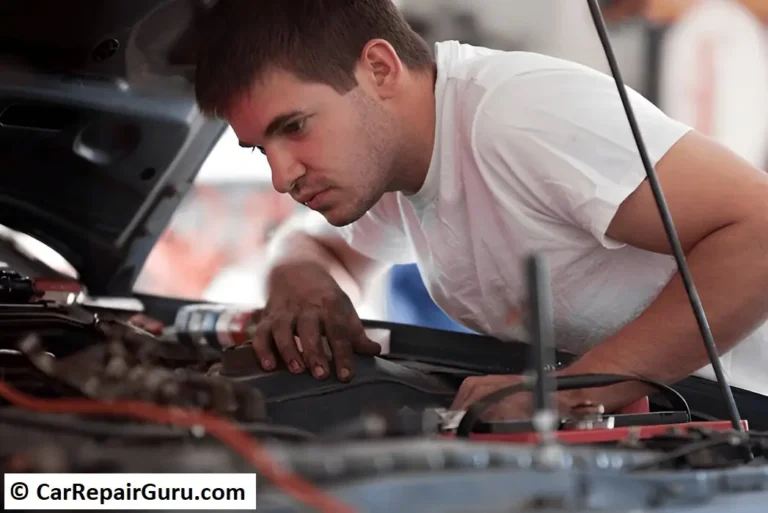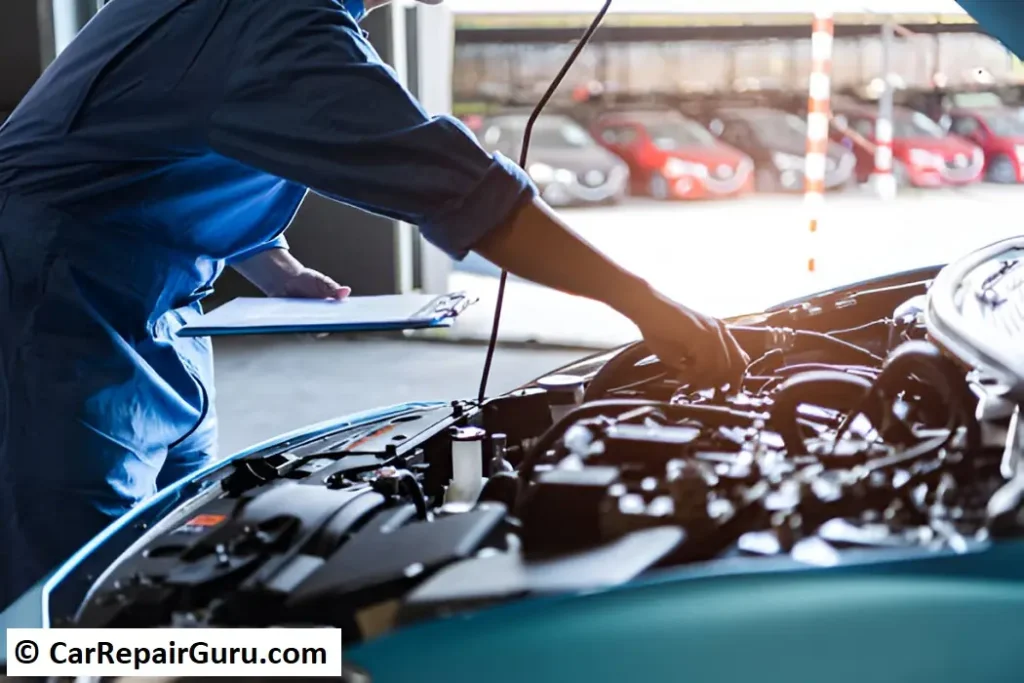
Taking care of your engine is like taking care of your heart—it’s the powerhouse that keeps everything running smoothly. Just like neglecting your health can lead to complications, skipping out on engine maintenance can result in costly repairs or even a complete breakdown.
Engine care isn’t just about avoiding problems; it’s about boosting performance and getting the most out of your vehicle. Regular maintenance ensures that your engine stays efficient, reduces wear and tear, and prolongs its lifespan. Think of it as an investment in your car’s future—one that pays off with better fuel economy, fewer unexpected breakdowns, and a safer ride.
Whether you’re a daily commuter or an occasional driver, adopting a consistent engine care routine can make all the difference. After all, a well-maintained engine not only saves you money but also keeps your car running like new for years to come.
Regular Oil Changes
Oil changes are the backbone of engine care, ensuring that your car runs smoothly and efficiently. Engine oil lubricates critical components, reduces friction, and prevents overheating by dispersing heat. Over time, oil breaks down and collects dirt and debris, losing its ability to protect your engine. Regular oil changes flush out the old oil and replace it with fresh oil, keeping your engine clean and performing at its best.
Wondering when it’s time for an oil change? Common signs include dark, dirty oil when you check the dipstick, increased engine noise, or the oil change warning light on your dashboard. As a rule of thumb, many vehicles need an oil change every 3,000 to 7,500 miles, but always refer to your car’s manual for manufacturer-recommended intervals.
Choosing the right oil and filter is equally important. Factors like your vehicle’s make, model, and driving habits influence the type of oil you need. Synthetic oil is a great option for high-performance engines, while conventional oil works well for standard vehicles. Don’t forget the oil filter—it traps impurities and keeps your oil clean longer. A high-quality filter paired with the right oil ensures your engine stays protected and running smoothly for the long haul.
Coolant System Maintenance
The coolant system plays a crucial role in engine care by regulating the engine’s temperature. Without proper cooling, the engine can overheat, leading to severe damage such as warped components or even complete engine failure. Coolant, also known as antifreeze, absorbs heat from the engine and dissipates it through the radiator, ensuring the engine runs within the optimal temperature range.
Maintaining the right coolant levels is essential to avoid overheating. To check the coolant, start with a cold engine to prevent burns. Locate the coolant reservoir and ensure the fluid level is between the “min” and “max” markers. If the level is low, top it off with the correct type of coolant specified in your vehicle’s manual. Be sure not to mix coolant types, as this can reduce its effectiveness.
Common signs of coolant system issues include frequent overheating, a sweet smell inside the cabin (indicating a possible leak), or visible puddles of coolant under the car. If you notice these signs, inspect hoses and connections for leaks and check the radiator for damage. Regularly flushing and replacing coolant, as recommended by your car’s manufacturer, will keep the system running efficiently and prevent costly repairs down the road.
Air Filter Inspection and Replacement
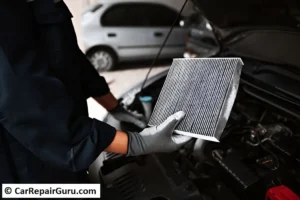
The air filter is a vital component of engine care, as it ensures that clean air flows into the engine while blocking dirt, dust, and debris. A clean air filter maintains optimal airflow, promotes efficient combustion, and helps prevent damage to engine components. Neglecting the air filter can lead to reduced engine performance, poor fuel efficiency, and even costly repairs.
Inspecting and replacing the air filter is simple:
- Locate the air filter box: It’s usually near the top or side of the engine bay. Check your owner’s manual for the exact location.
- Open the filter housing: Unclip or unscrew the lid to access the filter.
- Inspect the filter: Hold it up to the light. If it appears clogged or excessively dirty, it’s time for a replacement.
- Replace with a new filter: Ensure the replacement matches your car’s specifications. Place it correctly, secure the lid, and you’re done!
Regularly checking your air filter—typically every 12,000 to 15,000 miles—keeps your engine breathing clean air and running efficiently. It’s an easy, cost-effective way to maintain engine health and improve overall vehicle performance.
Spark Plug and Wire Maintenance
Spark plugs are small but essential components that play a critical role in engine performance. They generate the spark needed to ignite the air-fuel mixture in the engine’s cylinders, creating the combustion that powers your vehicle. Worn or faulty spark plugs can lead to engine misfires, reduced fuel efficiency, and sluggish acceleration, making regular maintenance a key part of engine care.
It’s important to inspect spark plugs and their wires regularly. Most manufacturers recommend checking them every 30,000 to 50,000 miles, but this can vary based on your vehicle and the type of spark plugs used. High-performance or iridium spark plugs may last longer, while standard ones require more frequent replacements.
When inspecting, look for signs of wear such as corrosion, carbon deposits, or cracks. Replacing worn spark plugs and damaged wires ensures reliable engine ignition, smoother performance, and improved fuel economy. This simple maintenance step can prevent bigger issues and keep your engine running efficiently.
Belt and Hose Inspection
Belts and hoses may not seem like major components, but they are crucial for maintaining engine performance. Belts, such as the serpentine or timing belt, drive essential engine systems like the alternator, water pump, and air conditioning. Hoses carry vital fluids, such as coolant and oil, to keep the engine running smoothly. Worn or damaged belts and hoses can lead to overheating, loss of power steering, or even complete engine failure if left unaddressed.
To catch issues early, regularly inspect belts for cracks, fraying, or glazing (a shiny appearance). Check hoses for leaks, bulges, or soft spots by gently squeezing them. If you hear squealing noises or notice overheating, it could signal a failing belt or hose.
Replace belts and hoses according to your car manufacturer’s recommendations—typically every 60,000 to 100,000 miles for belts and every 4–5 years for hoses. Proactive maintenance prevents costly repairs and keeps your engine running reliably.
Monitoring Dashboard Warning Lights
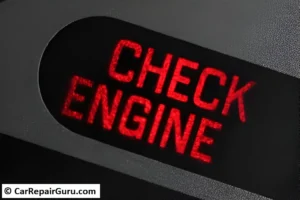
Dashboard warning lights are your car’s way of communicating potential issues, making them critical for engine care. Key lights to monitor include the Check Engine Light, which signals problems like misfires, sensor failures, or emissions issues; the Oil Pressure Light, which warns of low oil levels or pressure; and the Temperature Warning Light, indicating engine overheating.
When a warning light illuminates, don’t ignore it. Start by referring to your owner’s manual to understand its meaning. If the Check Engine Light is steady, it’s usually safe to drive until you can schedule a diagnostic check. However, a flashing light indicates a more serious issue that requires immediate attention.
For overheating, pull over safely, let the engine cool, and check coolant levels. For oil pressure warnings, stop driving immediately to avoid severe engine damage. Promptly addressing dashboard warnings helps prevent costly repairs and ensures your engine remains in optimal condition.
Adopting Gentle Driving Habits
Your driving style has a significant impact on your engine’s health and overall performance. Aggressive driving, such as rapid acceleration, hard braking, and excessive speeding, places unnecessary strain on the engine, causing components to wear out faster. Over time, this can lead to reduced fuel efficiency, overheating, and costly repairs.
To protect your engine, adopt smoother driving habits. Accelerate gradually to reduce stress on the engine and transmission. Maintain a steady speed and avoid sudden braking by anticipating traffic conditions. Use cruise control on highways to minimize engine workload and improve fuel economy.
Additionally, avoid revving the engine when it’s cold, as this can cause internal damage. Allow the engine to warm up for a few moments before driving, especially in colder climates. Gentle driving not only extends your engine’s lifespan but also saves you money on fuel and repairs while ensuring a smoother, more comfortable ride.
Regular Professional Inspections
While routine maintenance can keep your engine running smoothly, regular professional inspections are essential for catching issues that might go unnoticed. Mechanics have the tools, expertise, and diagnostic equipment to identify hidden problems early, preventing minor issues from turning into costly repairs. A professional check-up ensures that all engine components, including belts, hoses, spark plugs, and sensors, are in optimal condition.
During an inspection, request a thorough check of the engine’s performance, including fluid levels, air filter condition, exhaust system, and spark plugs. Ask the technician to check the timing belt, coolant system, and battery health, as these can impact engine efficiency.
A professional inspection is also an opportunity to get expert advice on any upcoming maintenance needs or adjustments. Scheduling these inspections regularly—typically every 15,000 to 30,000 miles—helps keep your engine in top condition, ensuring your car’s longevity and reducing the risk of unexpected breakdowns.
Conclusion
Engine care is essential for ensuring your vehicle runs efficiently and lasts for years. Regular oil changes, coolant system maintenance, air filter inspections, and spark plug replacements are all simple but crucial tasks that can prevent costly repairs and enhance engine performance. Monitoring dashboard warning lights, adopting gentle driving habits, and scheduling professional inspections also play a key role in maintaining engine health.
By staying proactive and adhering to a regular maintenance schedule, you can extend your engine’s lifespan, improve fuel efficiency, and avoid unexpected breakdowns. Taking care of your engine today ensures a smoother ride tomorrow!
FAQ About Engine Care
How often should I change my engine oil?
Most vehicles require an oil change every 3,000 to 7,500 miles, depending on the car model and oil type. Always refer to your vehicle’s manual for specific recommendations.
What happens if I don’t maintain my engine?
Neglecting engine care can lead to poor performance, decreased fuel efficiency, and costly repairs or even engine failure. Regular maintenance helps avoid these issues and ensures your engine operates smoothly.
How do I know if my coolant levels are low?
Low coolant levels can cause your car to overheat. Check the coolant reservoir regularly and ensure the level is between the “min” and “max” markers. If it’s low, top it off with the recommended coolant.
How can I improve my engine’s performance?
Regular oil changes, proper coolant levels, clean air filters, and healthy spark plugs are essential for maintaining optimal engine performance. These simple steps help your engine run efficiently and last longer.
What are the signs of a failing spark plug?
Signs of a failing spark plug include rough idling, engine misfires, decreased fuel efficiency, and difficulty starting the engine. Replacing spark plugs at the recommended intervals can prevent these issues.
